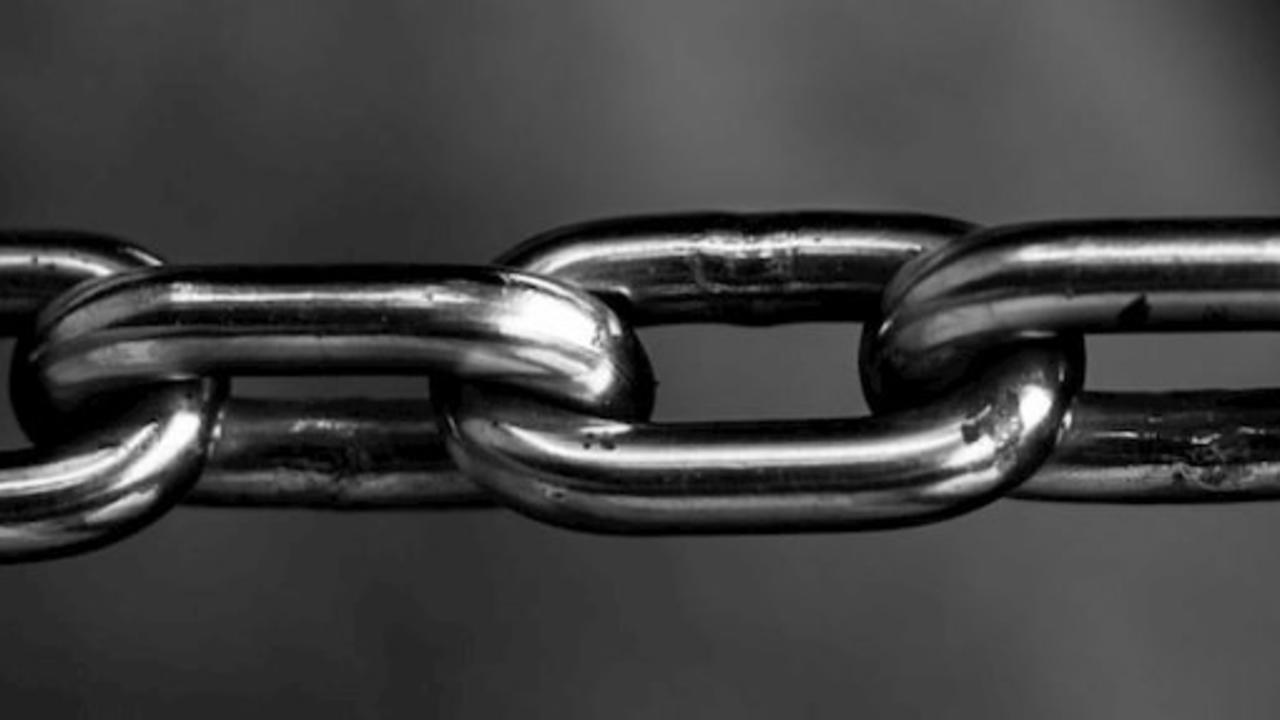Last week you would have seen that I wrote about influencing the influencers. This was a result of answering a question from a participant in a conference I spoke at who wanted to know how to influence a large group of people (in her context, it was through a change program at work). My response to her was that even though she needed to influence her large team through the change, influence is most effective and successful when it is done one person at a time. I want to talk this week about another piece of the influence puzzle that may help solve for this problem about how to influence large groups of people quickly. Because let's face it, influencing one person at a time sounds lovely, but can be challenging to implement in practice.
Introducing the Influence Chain
At its simplest, the Influence Chain is simply the term I use to describe the fact that influence in the workplace generally doesn't 'complete' with a conversation between 2 people. What I mean by that, is that the Influence Chain recognises that because influence happens one person at a time - ergo one conversation at a time - it is likely that there are multiple people, and multiple conversations, involved in the process of influence to approval. Said simply, the influence chain is what sits between a request (an 'ask') and approval.
What are the parts to the Influence Chain?
To get from ask to approval, you need to acknowledge that there are certain links to the chain. These links can arise at any time during the process, and the key is to identify them quickly and link them into the chain so that the connection isn't broken. When you break the influence chain, approval of your ask is unlikely.
So...here are the 4 parts:
'The Ask' You need to have a clear 'ask' so that everyone involved knows exactly what you want. In order for you to be able to influence most effectively, your ask should also include what it looks like, what time horizon you are seeking and why you are asking for it. Surprisingly we are not very good at asking for things, especially when we think we won't get them. We hide behind our hesitancy and this helps no one. Get your ask right.
'The People' The success of the Influence Chain (ie getting from ask to approval within a reasonable timeframe) is largely dependent on getting individuals over the line quickly. If you are the one with the ask, you need to identify all the different people that you need to include in the influence chain. Starting to plan your influence conversations before you have identified all the relevant people involved is a mistake and most likely a waste of time. The People included in the chain will influence the type and timing of the conversations you need to have.
'The Flow' In order to make the Chain flow, you need to consider context and timing. If you've ever swam in a highly chlorinated pool wearing sterling silver you'll know what I mean. It goes grey. You don't want your influence conversations going grey because there's something going in the surrounding environment that is tarnishing your efforts. You also don't want to miss the boat. There is nothing worse than having everything teed up and prepped ready to go, only to find out that the CEO is away for a month. Boom. Take timing and context into account and incorporate this into your Influence Chain.
'The Voice' This is the key success factor to moving through the Influence Chain. If influence happens one conversation at a time, we need to make each conversation count. And here's the thing. Even if you nail yours, how are you sure that the next conversation doesn't fall flat? Take the following scenario: one of your direct reports comes to you with a great initiative and you're sold that this is something worth exploring with the business. So you take it to one of your peers and say, 'hey, what do you think?'. They agree that it's got legs, and so you ask them to progress it because it largely sits in their space. The initiative dies. Not because it's a bad idea, but because your peer wasn't able to have a good influence conversation with the next person in the influence chain.
How many times have you had buy-in on a project, but then then you don't get follow through and the initiative doesn't progress?
Given the information above, where do you think the Influence Chain broke down? Most people will say, 'they didn't prioritise my thing. They had to prioritise something else.' That, people, is an excuse. Prioritisation means determining whether something is more important than another, and that dictates the timing. In short, based on the information they had, they didn't think your thing was important enough. And that could be simply because it's not the right time for the initiative you've asked for. You got 'The Flow' wrong. But...this gets most challenging and controversial - and why influence is important - because usually we strongly believe the timing is now. You need to look at how you've addressed the other elements of the Influence Chain.
Where we often go wrong
Common mistakes we make when influencing include, with reference to the components of the Influence Chain:
• The Ask: Not being clear on the why and not appealing strongly enough to either the other party's why, or the organisation's why. Other breakdowns in 'The Ask' phase are not being clear about the benefits of what you're asking for.
• The People: You asked the wrong people. You made an incorrect assumption around someone's decision making authority and that was misplaced.
• The Flow: In addition to timing, you may have forgotten or not known that there was another business issue lurking in the background.
• The Voice: Not preparing well for your conversation, not executing the conversation well, not preparing them (the person you're talking with) for the influence conversation they need to have and running out of time and common examples of breakdowns in 'The Voice' component.
What do we need? We need to combine strategic, tactical and practical thinking when it comes to preparing for influence. If we want to move from ask to approval quickly and maximise our chance of approval, then we need to take this system thinking approach. What to do Download the attached template and for the next initiative you want to work on with your team, use it to brainstorm and put the key components of your Influence Chain together. Believe it or not, it won't take long. But the discipline you'll get along with the actions you'll take will be highly impactful, more efficient and more accurate. You'll have an enhanced timeline that considers not only dependencies, but also the capabilities that are also needed to get this right first time. Download your Influence Chain template here. Come along to my next webinar where I will take you through the 8 steps to influential conversations (this sits within The Voice component of the Chain). Love to hear how the Influence Chain works for you.
Want more of this? Register here and get more practical tips and tools each week!

